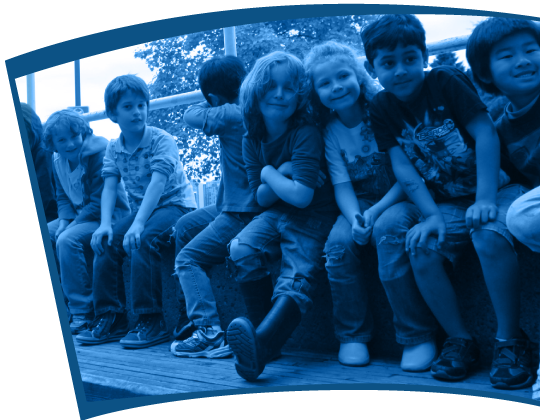IB vs. BC curriculum
In 2016, the British Columbia curriculum underwent a significant redesign to focus more on personalized learning, critical thinking and inquiry-based approaches. This shift in the curriculum aligned it more closely with the principles and philosophy of IB programs, which also emphasize similar skills and competencies. As a result, there is now considerable overlap between the goals and teaching methodologies of the IB programs and the BC curriculum, reducing the distinctiveness that IB once offered.
| Area | International Baccalaureate (IB) | BC Curriculum | Key Differences |
|---|---|---|---|
Subjects |
|
| Names of subjects. |
Teaching Methodology | Learning focused on understanding (concepts), developing skills (competencies) and knowledge (content) through inquiry, project-based learning and service learning. Learning process is important. | Learning Standards focused on Know (content), Do (curricular competencies) and Understand (big ideas) to support learning through inquiry, cross curricular and community projects. Content is used as a vehicle to teach skills, furthering deeper understanding through the learning process. | Slight difference in terminology used.
|
Core Competencies |
| Thinking:
Communication:
Personal and social:
| No significant differences. |
Community Service / Projects | Creativity, Activity and Service project (CAS)—also called the Personal Project – is completed for PYP, MYP and DP. | In the redesigned curriculum, educators incorporate community service activities at all grade levels. Activities vary from school to school and can include volunteering in the school community to support initiatives and projects like school events, being a recess buddy or a lunch monitor, leading assemblies, and supporting school wide climate action projects. Additionally, the Career Life Connections (CLC) course, a requirement for all students, expects students to complete 30 or more hours of community service as part of graduation requirements, ensuring that community engagement is embedded within their educational experience. | No significant differences. |
Educational Outcomes | The IB Learner Profile supports the development of internationally minded people who, recognizing their common humanity help to create a better and more peaceful world. See the full IB learner profile | BC’s curriculum enables students to graduate as “Educated Citizens”, with the necessary qualities to seize a wide array of global opportunities. See the full description of the educated citizen | Similar themes but categorized differently. |
Assessment | IB uses a 7-point proficiency scale for PYP, MYP and DP.
| BC uses a 4-point proficiency scale grades K-10 and letter grades/percentages grade 11-12.
| Assessment differences make it challenging for families to clearly understand their child’s progress. Students are graded with BC’s 4-point scale K-5, the 7-point IB scale grade 6-10, and letter grades/percentages in grades 11-12. |
Curriculum Overview | MYP encourages students aged 11 to 16 to make practical connections between their studies and the real world, preparing them for success in further study and in life. MYP aims to develop active learners and internationally minded young people who can empathize with others and pursue lives of purpose and meaning.
| British Columbia’s curriculum is learner-centred and flexible and maintains a focus on literacy and numeracy, while supporting deeper learning through concept-based and competency-driven approaches. The curriculum supports the development of citizens who are thinkers and communicators, and who are personally and socially competent in all areas of their lives. | No significant differences. |

